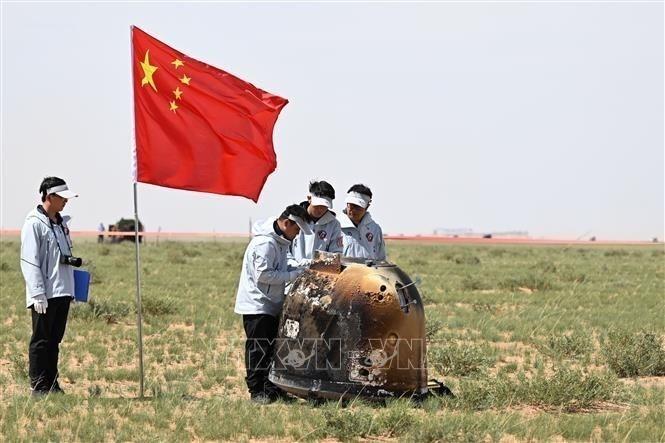
On the afternoon of June 25, the Chang'e-6 spacecraft landed at the Siziwang Banner landing site in the desert of Inner Mongolia Autonomous Region (Northern China), carrying soil and rock samples collected from the far side of the Moon.
Accordingly, China is the first country to bring back samples from an area that is still a mystery to scientists, and the mission of the Chang'e-6 spacecraft is considered an unprecedented achievement in human history in exploring the Moon - the only natural satellite of the Earth and the 5th largest natural satellite in the Solar System.
Scientists expect that the samples brought back by the Chang'e-6 spacecraft will include 2.5 million-year-old volcanic rocks and other materials that could help answer questions about the geographical differences on the two sides of the Moon.
Chang'e-6 was launched into orbit on May 3 and carried out a technically complex 53-day mission. On June 2, the Chang'e-6 lander and ascent spacecraft successfully touched down at the calculated landing site in the South Pole-Aitken Basin on the far side of the Moon and completed the sample collection in 2 days.
After leaving the surface of the Moon on June 4 and entering lunar orbit, the Chang'e-6 sample return spacecraft made four orbital adjustments. When the sample return spacecraft reached a position about 50 km in front of and 10 km above the orbiter-sample return spacecraft complex, the complex gradually approached the sample return spacecraft through automatic control and deployed the return spacecraft to the complex.
This is the second time a Chinese spacecraft has successfully completed the docking procedure in lunar orbit. The first was when the Chang'e-5 spacecraft successfully completed the procedure in 2020.
According to Thanh Phuong/VNA
Source: https://doanhnghiepvn.vn/cong-nghe/tau-thuong-nga-6-tro-ve-trai-dat-mang-theo-nhung-mau-vat-dau-tien-tu-vung-khuat-cua-mat-trang/20240626015727755






![[Photo] Buddha's Birthday 2025: Honoring the message of love, wisdom, and tolerance](https://vphoto.vietnam.vn/thumb/1200x675/vietnam/resource/IMAGE/2025/5/12/8cd2a70beb264374b41fc5d36add6c3d)
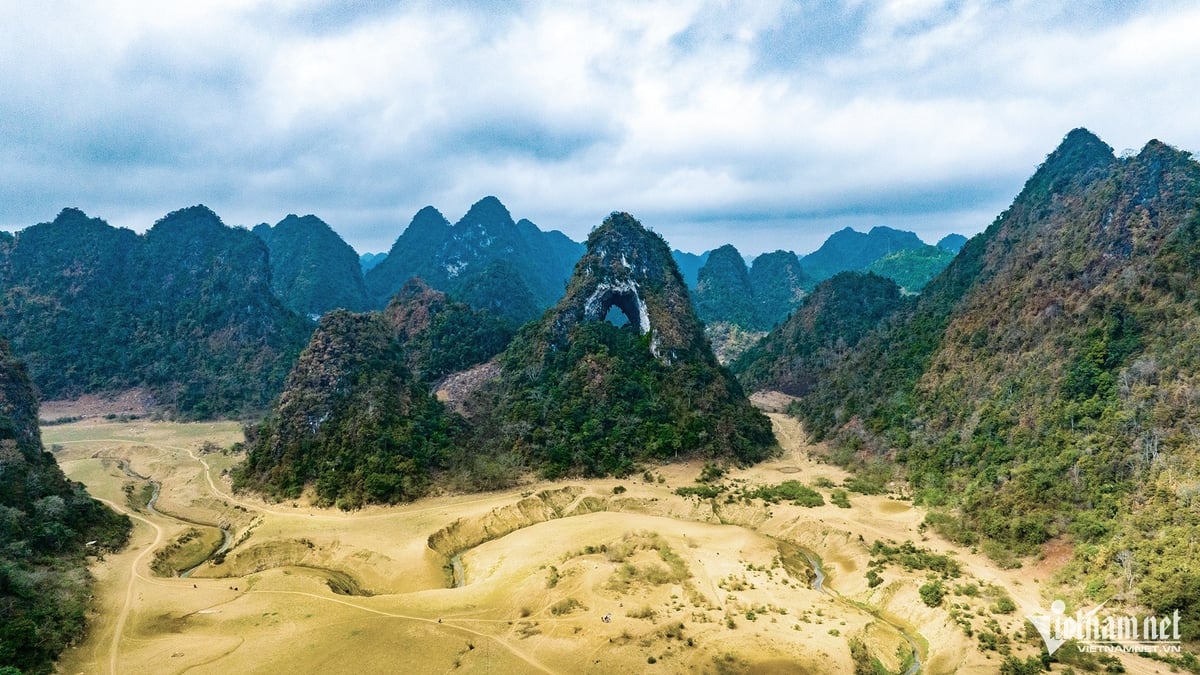




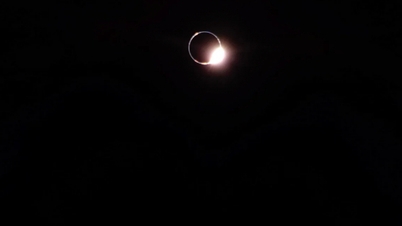

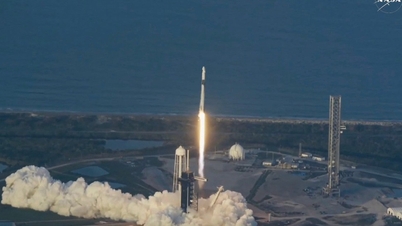

















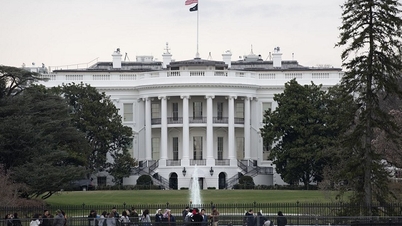

![[Photo] General Secretary To Lam arrives in Minsk, begins state visit to Belarus](https://vphoto.vietnam.vn/thumb/1200x675/vietnam/resource/IMAGE/2025/5/11/76602f587468437f8b5b7104495f444d)
![[Photo] General Secretary To Lam meets and expresses gratitude to Vietnam's Belarusian friends](https://vphoto.vietnam.vn/thumb/1200x675/vietnam/resource/IMAGE/2025/5/11/c515ee2054c54a87aa8a7cb520f2fa6e)




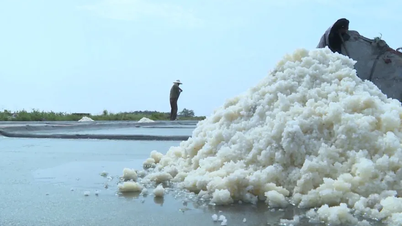

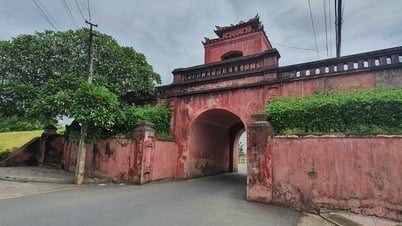



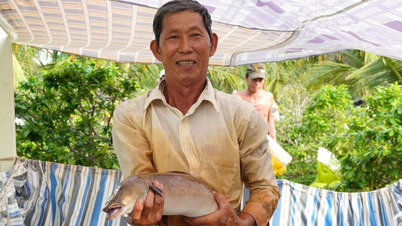

















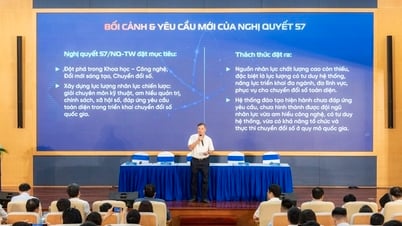





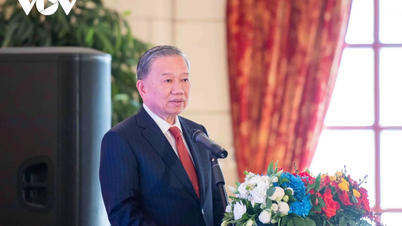

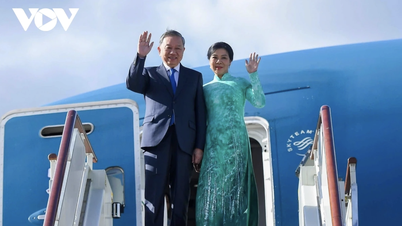





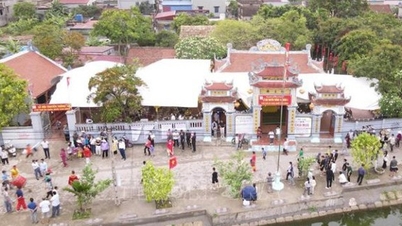











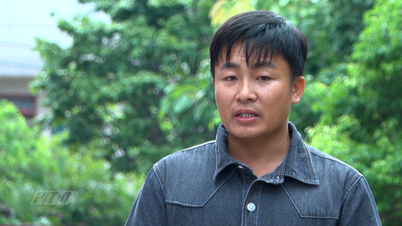

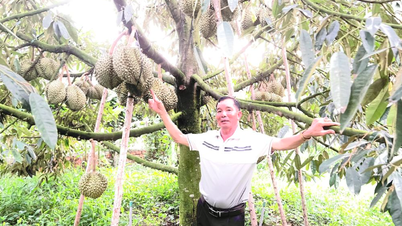


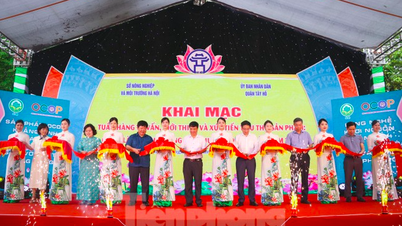




Comment (0)